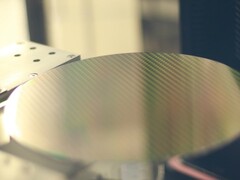According to the latest projections from Yole Group, Mainland China is poised to eclipse Taiwan in global semiconductor foundry capacity before the decade ends. The research firm expects China to command 30 percent of worldwide capacity by 2030—up from 21 percent this year—while Taiwan’s share remains roughly flat at 23 percent. South Korea, Japan, and the United States trail behind at 19 percent, 13 percent, and 10 percent, respectively.
Beijing’s “whole-nation” strategy explains much of this shift. State-backed capital from the China Integrated Circuit Industry Investment Fund—often called the “Big Fund”—has helped build national champions such as Semiconductor Manufacturing International Corp (SMIC) and Hua Hong Semiconductor. Domestic firms already account for about 15 percent of China’s foundry output, a fraction Yole predicts will grow sharply as new fabs come online.
Construction data support the forecast. SEMI, the U.S. industry association, counted three new Chinese fab projects starting in 2025—one-sixth of the world’s total. Many target mature nodes between 8 nm and 45 nm, a capacity that remains essential for cars, industrial controls, and the expanding Internet-of-Things market.
China’s Achilles’ heel is a leading-edge product. SMIC has yet to demonstrate a reliable 5 nm process, two years after its first 7 nm chips appeared in Huawei devices. In contrast, Taiwan Semiconductor Manufacturing Co. and Samsung Electronics are racing toward volume production at 2 nm. Without comparable lithography tools—restricted by U.S. export controls—Chinese fabs will focus on volume rather than bleeding-edge density.
Nevertheless, the capacity shift carries weight. It reduces global dependence on a handful of Taiwanese sites and signals that market share alone no longer guarantees technological leadership.
Source(s)
DigiTimes (in English)












